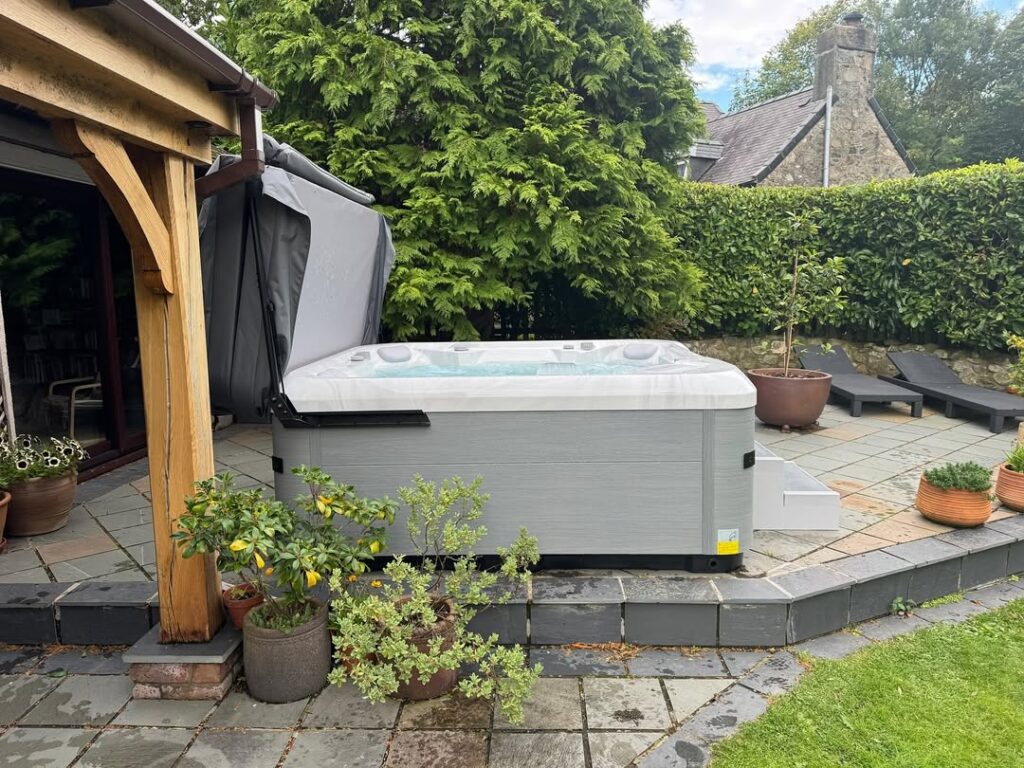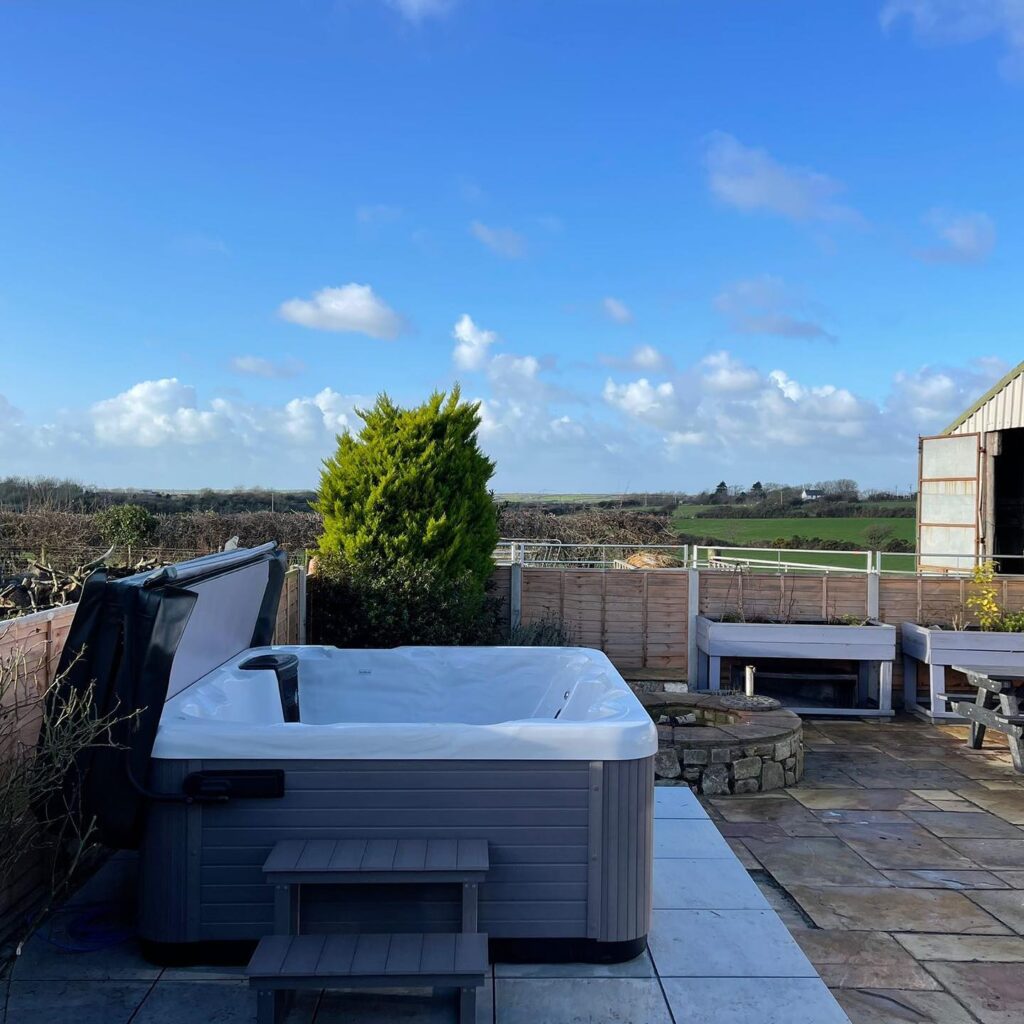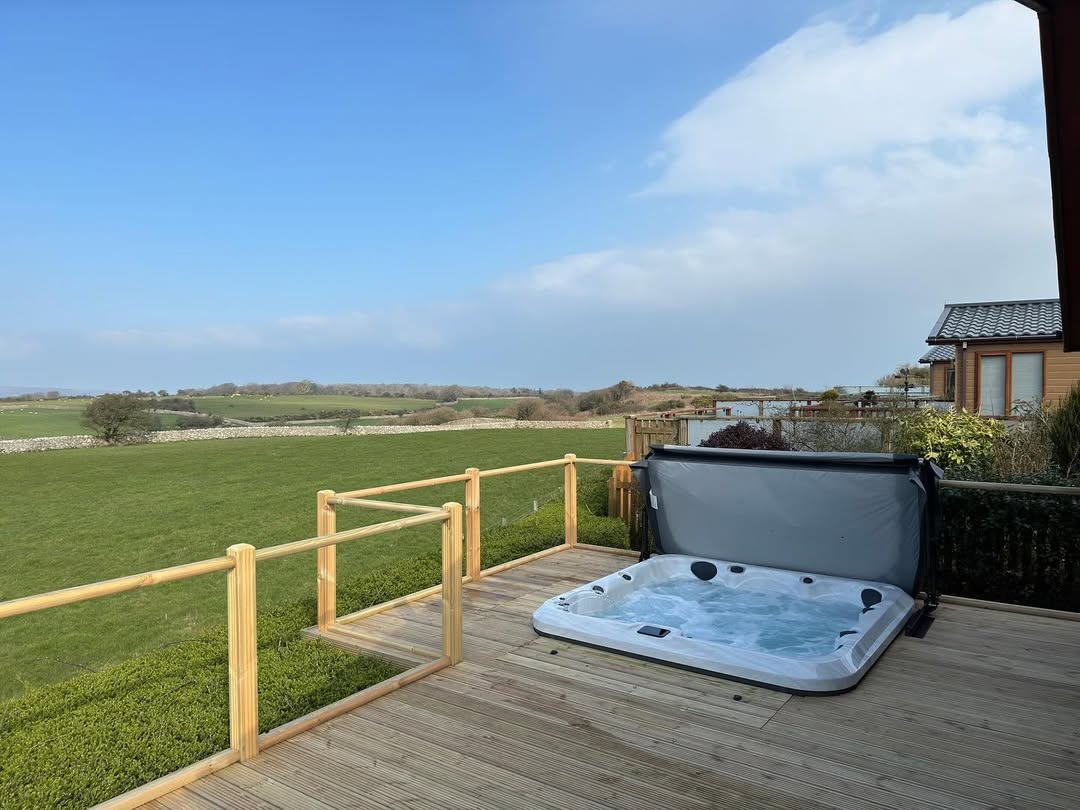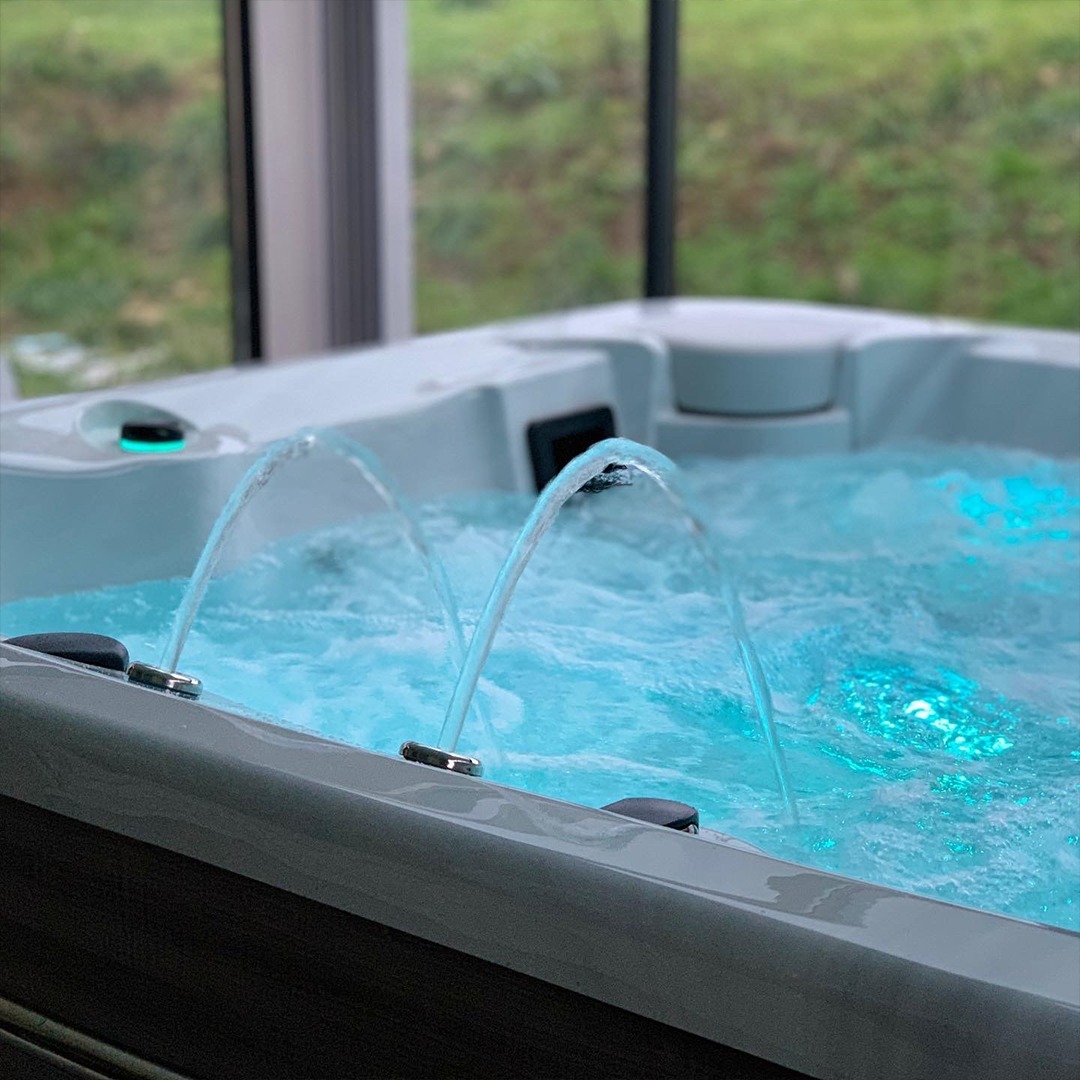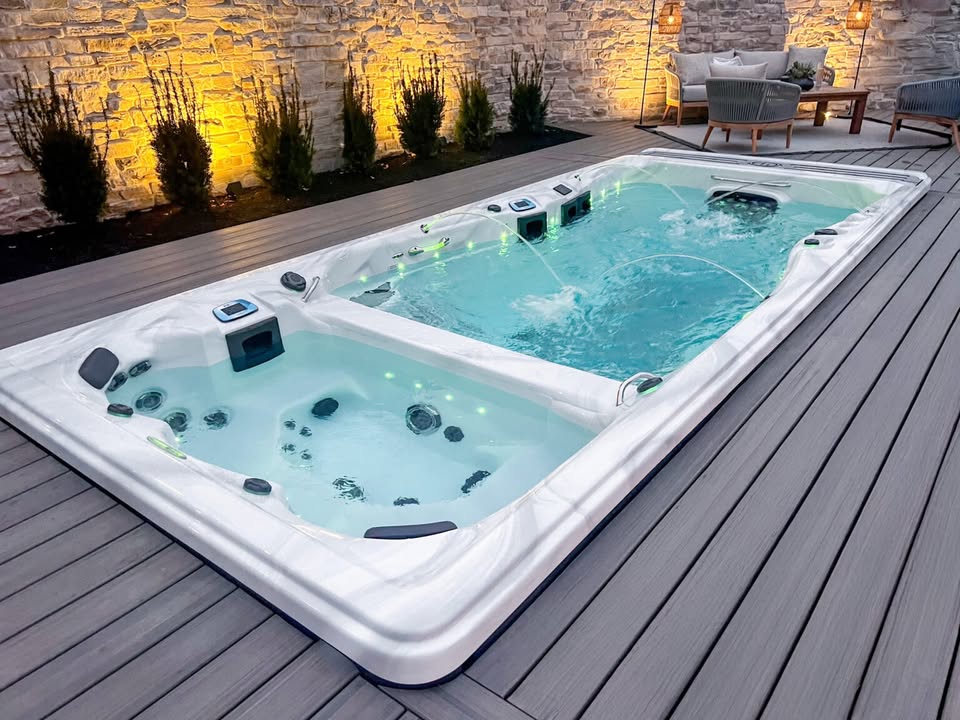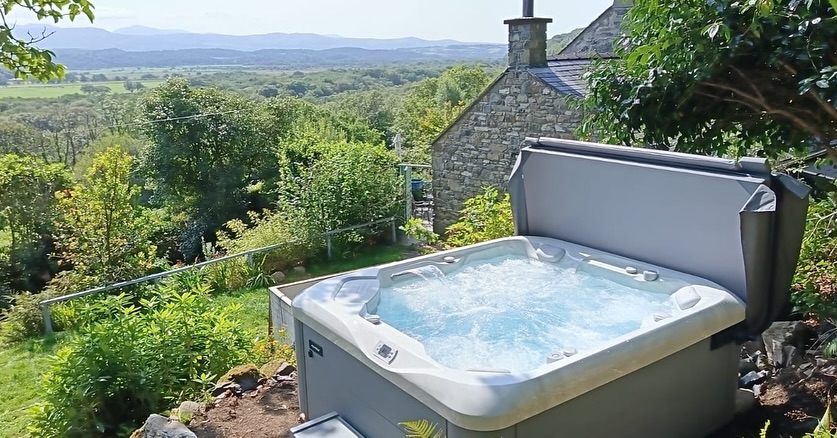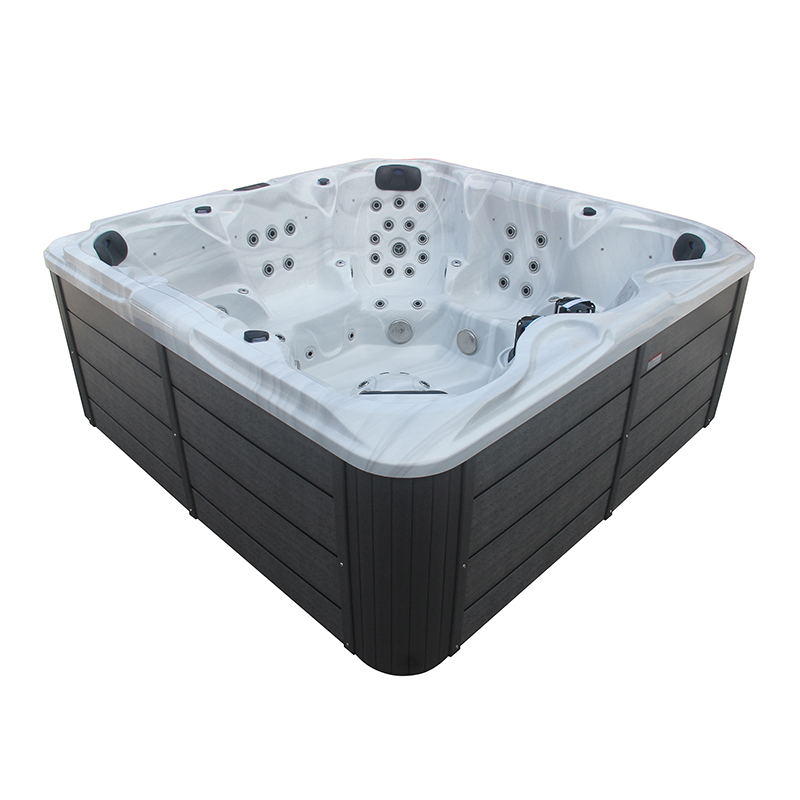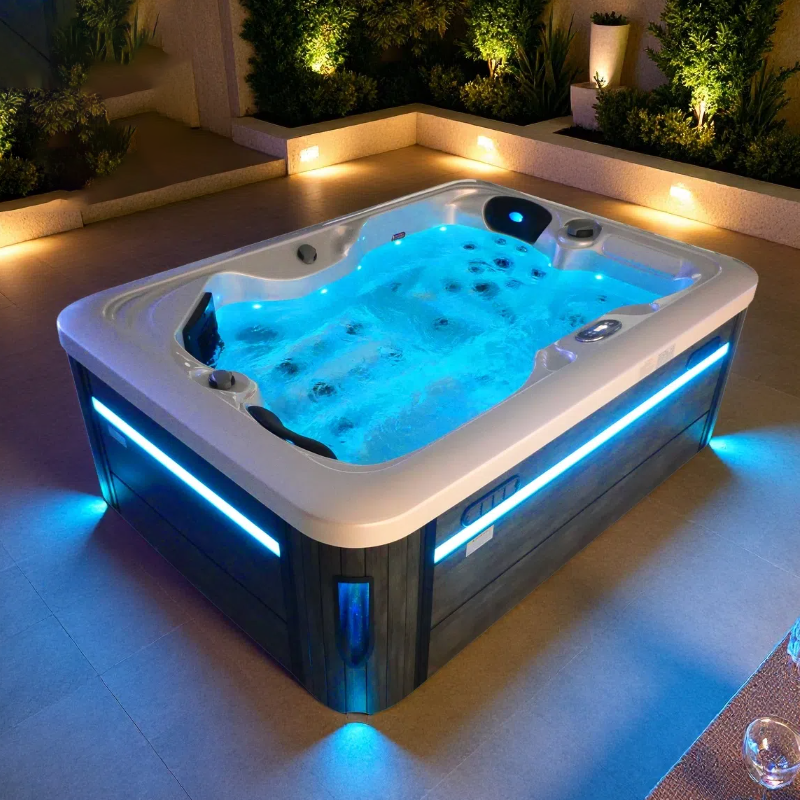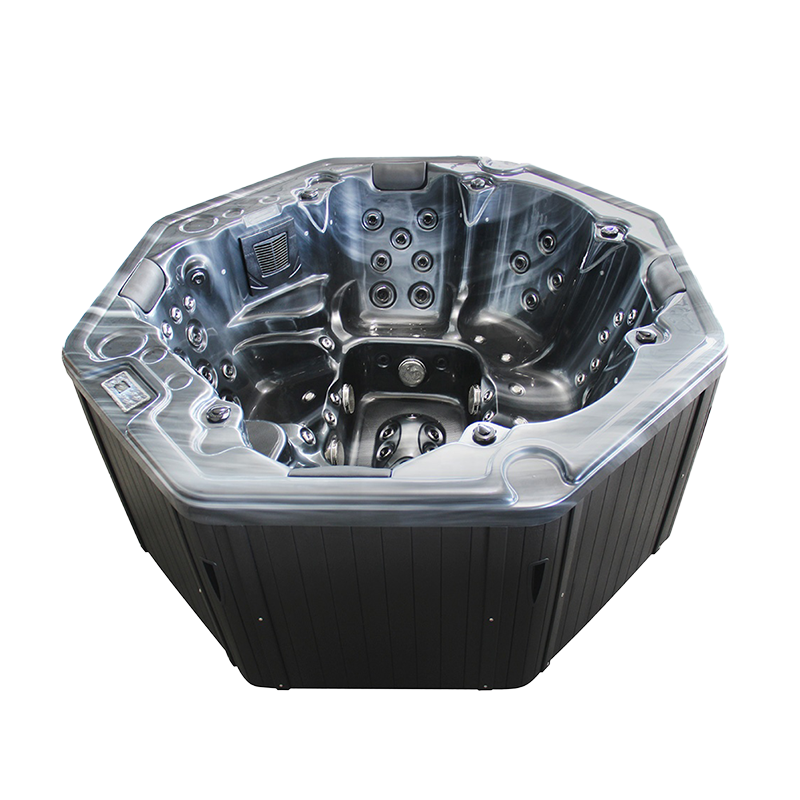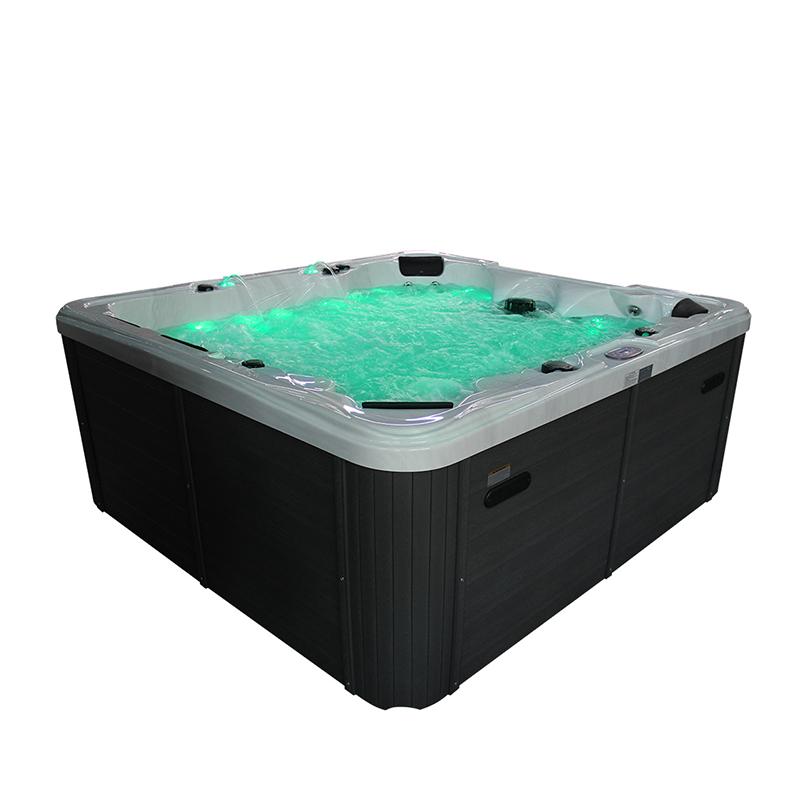Purchasing a hot tub is an exciting decision that can enhance your lifestyle and provide relaxation for years to come. However, like any major purchase, it comes with its own set of considerations to ensure you make an informed decision. In this article, we will guide you through the top 10 key aspects to focus on when buying a hot tub to help you avoid common pitfalls and ensure that your investment brings you the maximum benefit. By the end of this guide, you’ll have the confidence to select the best hot tub for your needs without second-guessing your decision.
1. The True Cost of Ownership: Upfront and Ongoing Expenses
When most people shop for a hot tub, they focus on the initial cost—the price tag they see upfront. However, this is only one part of the equation. Understanding the long-term costs associated with owning a hot tub is equally important.
- Initial Costs: The upfront cost includes the price of the hot tub, installation fees, and any additional charges for accessories or delivery.
- Ongoing Costs: The recurring costs include energy consumption, maintenance, chemicals, and the cost of replacement parts like filters. When shopping, make sure to inquire about the operating costs of each model. Some hot tubs, particularly those with multiple pumps, may consume more energy than others. For example, Hydropool’s Platinum Series, which includes two pumps, is more energy-efficient than the Gold Series with a single pump.
Tip: Before making your final choice, take a close look at the total cost of ownership over the long term. It’s essential that the monthly operating costs fit within your budget.
2. The Importance of Insulation
Though it may not seem glamorous, the insulation of your hot tub plays a crucial role in both energy efficiency and performance. Different insulation materials and methods can affect how well your hot tub retains heat and how much energy it consumes.
Hydropool, for example, uses an insulated blanket, which works differently than foam-based insulation methods that other companies may use. The insulation type will influence how much your energy bill increases over time, especially if you live in a region with colder temperatures.
Tip: Ask the retailer about the type of insulation used in the hot tub you’re considering. Ensure that it will help maintain water temperature efficiently, especially if you plan to use it in colder climates.
3. Maintenance Requirements: Know What You’re Getting Into
All hot tubs require maintenance to keep them clean and running smoothly, but the amount of upkeep can vary significantly depending on the model you choose. Some lower-end hot tubs might require frequent maintenance, while higher-end models tend to need less.
A high-quality hot tub will have better filtration systems and more efficient pumps, reducing the amount of time you’ll need to spend maintaining it. For example, Hydropool’s filtration system is similar to those used in public pools, ensuring cleanliness with less effort on your part.
Tip: Ask the retailer how often you’ll need to replace filters, what chemicals you’ll need, and how often the system needs servicing. It’s also a good idea to inquire about ozone and UV-C filtration systems that help maintain the water’s cleanliness.
4. Don’t Get Distracted by Looks
While it’s easy to get caught up in the shiny exterior and the bells and whistles of a hot tub—such as fancy jets or sophisticated cabinetry—these features are not always the most important factors in choosing the right tub for your needs.
Instead, focus on the features that will contribute to your specific needs. Do you want a hot tub for relaxation, hydrotherapy, or entertainment? For example, some hot tubs are designed for deep tissue massages, while others are more suited for casual soaking.
Tip: Before stepping into the showroom, think about what you want your hot tub to do for you. Consider the essential features you need, and don’t be swayed by unnecessary add-ons that you might not even use.
5. Selecting the Right Retailer
Purchasing a hot tub from a reputable retailer is essential for long-term satisfaction. Avoid the temptation to go for the lowest price offered by a company that lacks customer support. A good retailer will help you throughout the buying process and offer support after the sale.
Big-box stores often sell hot tubs at low prices but typically offer minimal post-purchase service. If something goes wrong, you may be left on your own. Ideally, buy from a local retailer who has a strong network and can offer reliable after-sales service.
Tip: Think of your retailer like a trusted mechanic for your car—find one you can rely on for advice and ongoing support.
6. Hot Tub Size and Seating Capacity
When choosing a hot tub, size matters. A hot tub that’s too small won’t give you enough room to relax, while one that’s too large might be a waste of space and energy. The number of seats in the hot tub should reflect the size of your family or the number of people who will typically use it.
Keep in mind that larger hot tubs may cost more to operate, so balance the size with your available space and the number of people who will be using it.
Tip: Consider the primary users of the hot tub. If you plan to use it alone or with one other person, a smaller model may be appropriate. If you plan to host family or friends regularly, go for a larger model.
7. Energy Efficiency Features
Energy efficiency is another important factor when purchasing a hot tub. Some models offer advanced energy-saving features that can significantly reduce your monthly operating costs. Look for energy-efficient pumps, heaters, and insulation that will keep your energy consumption low.
Tip: Inquire about energy-saving features such as energy-efficient pumps, insulated covers, and automated temperature control systems.
8. Water Care Technology
Ensuring that your hot tub water stays clean and safe to use is critical. Many modern hot tubs come with advanced water care technologies like ozone and UV-C filtration systems that can help purify the water, reduce the need for chemicals, and minimize maintenance.
Hydropool’s Pure Water System, for example, uses these technologies to ensure the water is sanitized without the need for excessive chemicals.
Tip: If you want to minimize chemical usage and maintenance, look for hot tubs with advanced filtration systems like ozone or UV-C.
9. Warranty and Support
A comprehensive warranty can save you from future headaches. Look for a hot tub with a solid warranty that covers parts, labor, and any potential issues. A good warranty will provide peace of mind that the manufacturer will take care of any problems that arise after the purchase.
Tip: Ask about the warranty details before making a purchase. A good warranty should last for several years and cover essential components.
10. User Experience and Reviews
Before purchasing, take the time to read customer reviews and ask for recommendations. User feedback can offer valuable insights into the reliability, performance, and maintenance of different hot tub models. Online reviews, social media groups, and forums are excellent resources for getting honest opinions.
Tip: Look for reviews that mention long-term experiences with the hot tub, including any issues with maintenance, energy consumption, or customer service.
Additional Features to Look For
Adjustable Jets and Massage Options
If you’re buying a hot tub primarily for relaxation or therapeutic purposes, the type of jets and the ability to adjust them should be a priority. Many high-end models offer customizable jets that allow you to focus on specific areas of the body, providing a better therapeutic experience.
Smart Features and Connectivity
Many modern hot tubs now come with smart features that allow you to control settings like temperature, lighting, and jets through your smartphone. These features can add convenience and enhance your overall hot tub experience.
Frequently Asked Questions (FAQs)
1. How much does it cost to run a hot tub?
The cost of running a hot tub can vary depending on the size, energy efficiency, and how often you use it. On average, you can expect to pay anywhere from $20 to $50 per month for energy costs, plus the cost of maintenance and chemicals.
2. How often should I clean and replace the filter in my hot tub?
Filters should be cleaned every 2-4 weeks, and replaced every 1-2 years, depending on the usage. Regular maintenance will ensure the water stays clean and the system works efficiently.
3. Can I use my hot tub in winter?
Yes, many hot tubs are designed for year-round use, even in cold climates. Look for a model with proper insulation and a reliable heating system to ensure it works efficiently in colder temperatures.
Conclusion
Buying a hot tub is an investment in your comfort and relaxation, but it’s important to choose wisely. By considering the key factors outlined above—such as the total cost of ownership, maintenance requirements, insulation, and support—you can avoid common mistakes and find a hot tub that suits your lifestyle. With the right research and a clear understanding of your needs, you can enjoy the many benefits of hot tub ownership without any regrets.

